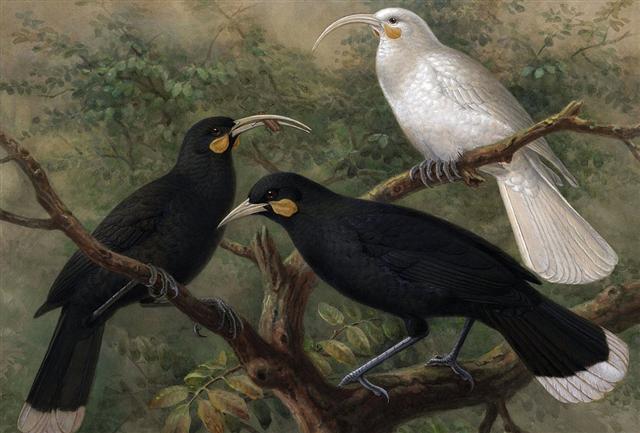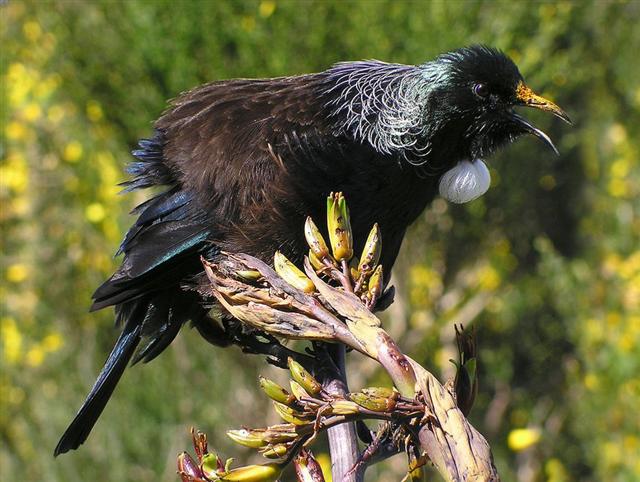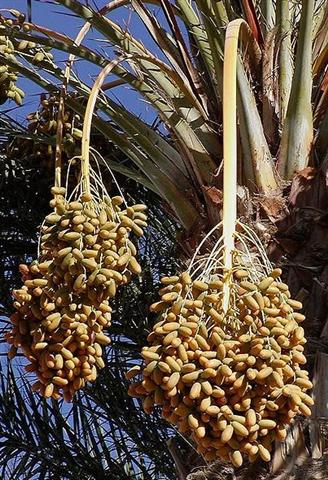However, tradition had it that the beginning of the year always - or at least since the begining of time according to our current creation (i.e. during the last millenia) - had been connected with the Pleiades, the nest of the Kingfisher:
... We often see the assertion that our title is in no way connected with Άλκυών, the Halcyon, that 'symbolic or mystical bird, early identified with the Kingfisher', the ornithological Alcedo or Ceryle; so that although the myth of the Halcyon Days, that 'clement and temperate time, the nurse of the beautiful Halcyon', When birds of calm sit brooding on the charmed wave, is not yet understood, some of Thompson's conjectures as to its stellar aspect will be found interesting. He writes that the story originally referred to some astronomical phenomenon, probably in connexion with the Pleiades, of which constellation Alcyone is the principal star. In what appears to have been the most vigorous period of ancient astronomy (not later than 2000 B.C., but continuing long afterwards to influence legend and nomenclature) the sun rose at the vernal equinox, in conjunction with the Pleiad, in the sign Taurus: the Pleiad is in many languages associated with bird-names ... and I am inclined to take the bird on the bull's back in coins of Eretria, Dicaea, and Thurii for the associated constellation of the Pleiad ... Suidas definitely asserts that the Pleiades were called Άλκυόνες. At the winter solstice, in the same ancient epoch, the Pleiad culminated at nightfall in mid-heaven ... This culmination, between three and four months after the heliacal rising of the Pleiad in Autumn, was, I conjecture, symbolized as the nesting of the Halcyon. Owing to the antiquity and corruption of the legend, it is impossible to hazard more than a conjecture; but that the phenomenon was in some form an astronomic one I have no doubt ... By counting one glyph per right ascension day from the beginning of the C text it is possible to find the Pleiades *366 + *56 = 422 glyphs ahead, viz. at Cb2-6 (422):
And the creator of the text must have been well aware of Acrux culminating at midnight just before the Pleiades would rise again together with the Sun in May 13 (where 5-13 could allude to 513 = 19 * 27):
The π day November 14 had been placed at the beginning of line Cb2. However, due to the 4 days' precession since the time of Gregory XIII the glyph number for Cb2-1 was not 413 (π reversed) = 14 * 29½, but 417 = 7 * 59 + 4. At the time of the Pope the position of the π date in the night sky had been at the Full Moon when the Sun had reached the Pleiades. Time was restarting again at this place and therefore it was appropriate to name a star Rana (Latin for Frog). Frogs are amphibians, like Crocodiles, and when frogs were visible up on the ground it was a sure sign of rain (ua) having just been released from above. The frogs were alerted and eager to breed. Therefore the palm branches in the hands of the Egyptian god of Eternity were resting on frogs. Time was beginning anew after a great downpour:
... The ancient Egyptian sign for eternity was renpet, a branch from the date palm stripped bare of its leaves, and this was the sign in front of Pharaoh on the Narmer palette.
The Egyptians used to cut a notch in such a branch in order to count time, one notch for each year (according to Wilkinson). ... From the natives of South Island [of New Zealand] White [John] heard a quaint myth which concerns the calendar and its bearing on the sweet potato crop. Whare-patari, who is credited with introducing the year of twelve months into New Zealand, had a staff with twelve notches on it. He went on a visit to some people called Rua-roa (Long pit) who were famous round about for their extensive knowledge. They inquired of Whare how many months the year had according to his reckoning. He showed them the staff with its twelve notches, one for each month. They replied: 'We are in error since we have but ten months. Are we wrong in lifting our crop of kumara (sweet potato) in the eighth month?' Whare-patari answered: 'You are wrong. Leave them until the tenth month. Know you not that there are two odd feathers in a bird's tail?
Likewise there are two odd months in the year.' The Maori further accounted for the twelve months by calling attention to the fact that there are twelve feathers in the tail of the huia bird and twelve in the choker or bunch of white feathers which adorns the neck of the parson bird ...
The Egyptian god of eternity (Heh) was spreading out his arms and holding in his hands a pair of date palm (Phnix Dactylifera) branches - branches for counting time (keeping dates) - and this was at the new beginning after a great deluge:
|
||||||||||||||||||||||||||||||||||||||||||||||||||||||||||||||||||||||||||||||||||||||||||||||||||||||||||














